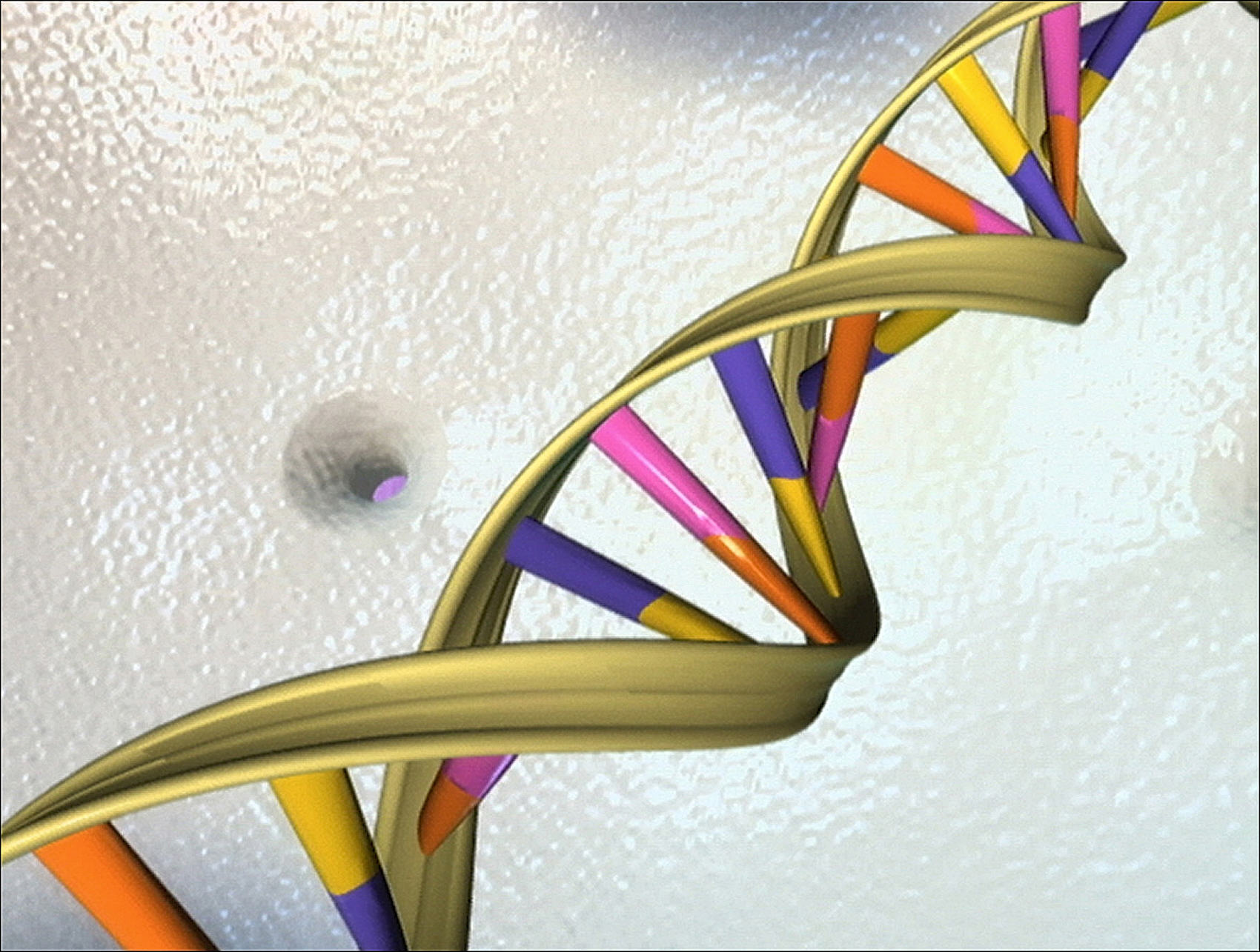Discarded napkin helps US police crack 32-year-old murder mystery
Photo: () | ©AFP
Washington (AFP) – The mystery of the sexual assault and murder of a US teenager in Washington state has been resolved 32 years after the crime thanks to a discarded napkin, DNA tests and genetic genealogy.
Gary Hartman, 66, has been arrested and is scheduled to appear in court Monday on rape and murder charges in the case, which has long shocked the city of Tacoma, in the northwestern US state.
It began on March 26, 1986, when 12-year-old Michella Welch disappeared while playing with her two young sisters at a park.
A police dog found her remains that evening in a ravine, but the investigation bogged down and was eventually filed as an unresolved “cold case.”
Fast forward to the 21st century, when advances in the research field of DNA — the human genetic code — helped reinvigorate the probe.
In 2006 police scientists managed to reconstruct a DNA imprint from items collected at the crime scene, although no link was found to any known offender in the United States.
Twelve years later progress came thanks to genetic genealogy, with its vast databases and archives, including from people researching their family history using DNA testing kits from companies like 23andMe and Ancestry.com.
“Genetic genealogy uses DNA technology to identify subjects by matching the unknown profile to a family member,” Tacoma Police Chief Don Ramsdell told reporters on Friday.
“Traditional genealogy is then used to build a family tree from publicly available websites,” he said.
The technology led police to two brothers, whose age and place of residence in 1986 eventually made them suspects. They were placed under surveillance as police waited for a chance to verify their genetic profiles.
Gary Hartman recently ate at a restaurant, oblivious to undercover investigator sitting at a neighboring table.
When Hartman left the investigator collected his used napkin and sent it to a lab for analysis — and discovered that the DNA matched that found on Michella Welch’s body.
“This case does truly represent the crossroads of good old-fashioned police work combined with improvements in technology,” Ramsdell said.
Pierce County prosecutor Mark Lindquist had a warning to criminals.
“Today we are at a point where, if you are a criminal and you left your DNA at the scene, you might as well turn yourself in now. We will catch you,” he said.
In April, genetic geneology led to the arrest in California of a man suspected of being the “Golden State Killer” — blamed for 12 murders, some 50 rapes and scores of robberies in the 1970s and 1980s.
Disclaimer: This story has not been edited by Siliconeer and is published from a syndicated feed. Siliconeer does not assume any liability for the above story. Validity of the above story is for 7 Days from original date of publishing. Content copyright AFP.


